
The Royal Academy of Arts (RA) is an art institution based in Burlington House on Piccadilly in London, England. Founded in 1768, it has a unique position as an independent, privately funded institution led by eminent artists and architects. Its purpose is to promote the creation, enjoyment and appreciation of the visual arts through exhibitions, education and debate.

Frederic George Stephens was a British art critic, and one of the two 'non-artistic' members of the Pre-Raphaelite Brotherhood.
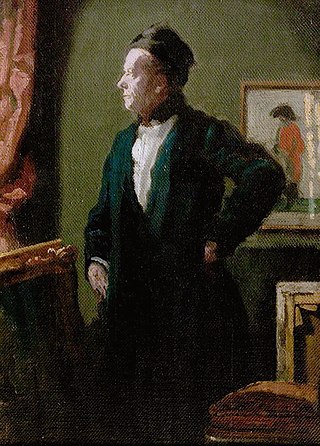
James Ferrier Pryde (1866–1941) was a British artist. A number of his paintings are in public collections, but there have been few exhibitions of his work. He is principally remembered as one of the Beggarstaffs, his artistic partnership with William Nicholson, and for the poster designs and other graphic work they made between 1893 and 1899, which influenced graphic design for many years.

Savile Row is a street in Mayfair, central London. Known principally for its traditional bespoke tailoring for men, the street has had a varied history that has included accommodating the headquarters of the Royal Geographical Society at 1 Savile Row, where significant British explorations to Africa and the South Pole were planned; and more recently, the Apple office of the Beatles at 3 Savile Row, where the band's impromptu final live performance was held on the roof of the building.

Cumberland Terrace is a neoclassical terrace on the eastern side of Regent's Park in the London Borough of Camden, completed in 1826. It is a Grade I listed building.
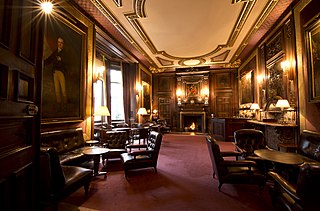
The Savile Club is a traditional London gentlemen's club founded in 1868. Located in fashionable and historically significant Mayfair, its membership, past and present, include many prominent names.

The Royal Over-Seas League (ROSL) is a not-for-profit institution founded in 1910, dedicated to promoting international friendship pursuant to its Royal Charter, an ethos which binds its global membership.
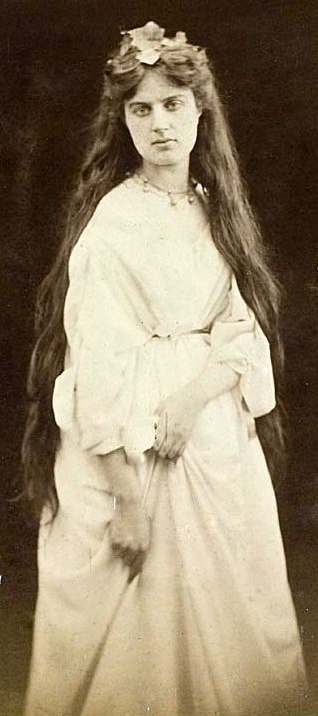
Marie Stillman was a British member of the second generation of the Pre-Raphaelite Brotherhood. Of the Pre-Raphaelites, she had one of the longest-running careers, spanning sixty years and producing over one hundred and fifty works. Though her work with the Brotherhood began as a favourite model, she soon trained and became a respected painter, earning praise from Dante Gabriel Rossetti and others.
Michael Sadleir, born Michael Thomas Harvey Sadler, was a British publisher, novelist, book collector, and bibliographer.

The Hogarth Club was an exhibition society of artists, based at 84 Charlotte Street, Fitzrovia, London, UK, which existed between 1858 and 1861. It was founded by former members of the Pre-Raphaelite Brotherhood after the original PRB had been dissolved. It was envisaged that the club would provide an alternative meeting space and exhibition venue to overcome prejudice against the Pre-Raphaelites at the Royal Academy. Unlike the PRB, the Hogarth Club was established on a professional basis, with two classes of members, artistic and non-artistic, and a distinction between London-based "resident" and provincial "non-resident" members.
The Boston Art Club, Boston, Massachusetts, serves to help its members, as well as non-members, to access the world of fine art. It currently has more than 250 members.
The National Institution of Fine Arts was a short-lived Victorian-era art society founded in London to provide alternative exhibition space for artists. Dante Gabriel Rossetti and Ford Madox Brown notably exhibited there.
Sir Richard Brinsley Ford was a British art historian, scholar, and collector. He inherited a large collection of art from his family and was himself an avid collector. A drawing that he purchased in 1936 was sold by his estate for $12 million in 2000. Ford was the director of the Burlington Magazine, president of Walpole Society and chaired the National Art Collections Fund. During World War II he was a Troop Sergeant-Major in the Royal Artillery and then served in the military intelligence organisation, MI9.
Bath House in Piccadilly was the London residence of the Barons Ashburton in the 19th century. Formerly the site of the Pulteney Hotel, the property was acquired by Mr. Alexander Baring from William Pulteney, 1st Earl of Bath in 1821 and rebuilt and renamed after the Earl.
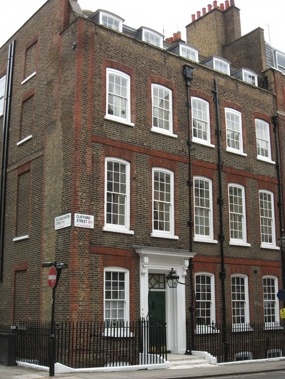
Clifford Street is a street in central London, built in the early 18th century, on land that once formed part of the Burlington Estate. It is named after the Clifford family, Earls of Cumberland. The daughter and heiress of the last holder of that title was the mother of the first Lord Burlington.
Hormazd Narielwalla is a British collage artist, and author, based in London.
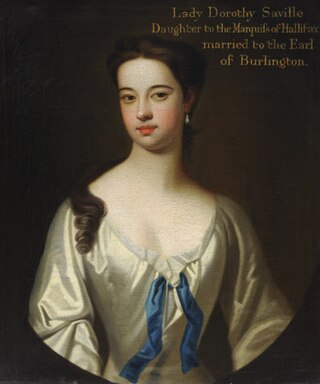
Dorothy Boyle, Countess of Burlington and Countess of Cork was a British noble and court official, as well as a caricaturist and portrait painter. Several of her studies and paintings were made of her daughters. Chatsworth House, which descended through her daughter Charlotte, holds a collection of 24 of her works of art.
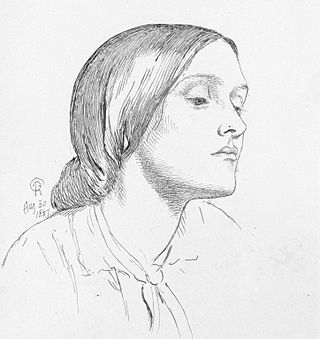
Maria Margaret La Primaudaye Pollen, known as Minnie, was a decorative arts collector. As Mrs John Hungerford Pollen, she became known during the early-twentieth century as an authority on the history of textiles, publishing Seven Centuries of Lace in 1908.

Sir John Charles Robinson was an English painter and etcher, although he is now better remembered as an art collector and curator.
Henry Vaughan was a British art collector. He is best known for his many generous gifts and bequests to British and Irish public collections.













